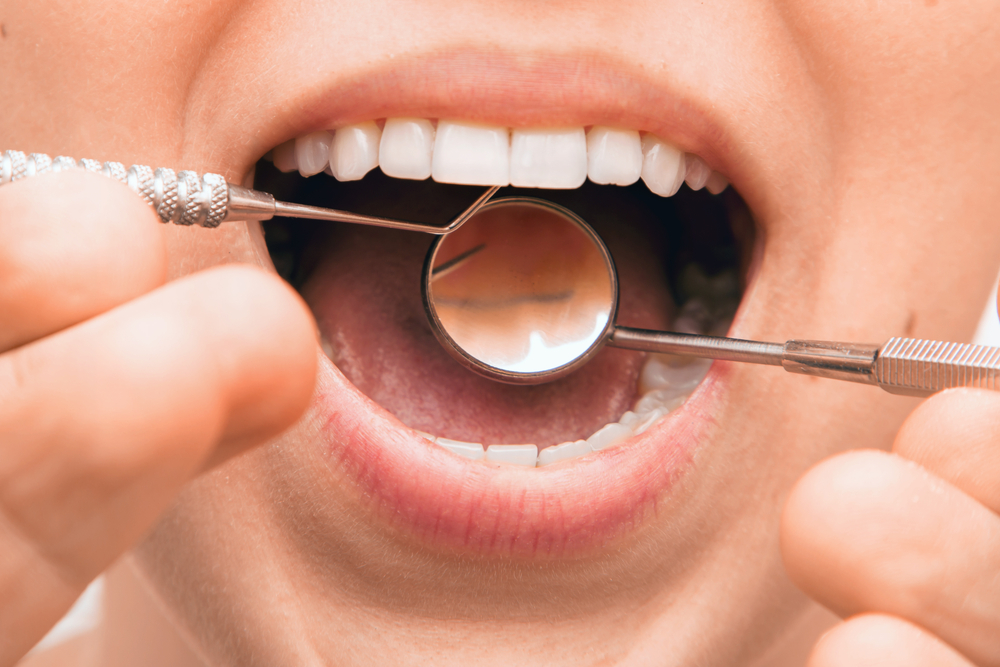Tooth Mobility
by Drs Demajo Dental & Implantology Clinics Est 1919

Teeth are suspended in their bony sockets with the help of periodontal ligaments. These ligaments are elastic, allowing slight tooth mobility, which is normal in health. On the other hand, increased tooth mobility is abnormal and must be addressed.
Causes of Tooth Mobility
Gum Disease
Loss of periodontal ligament and supporting bone. Periodontal fibers do re-attach but lost bone cannot grow back.
Dental or periodontal abscess
Deep gum pockets around your teeth are impossible to clean with conventional methods. Surgical approaches help in allowing subgingival descaling and potential bone grafting.
Trauma
Tooth fracture or bruising may cause broken bony walls to recede leaving less supportive tissue. 4. Bone loss due to associated systemic diseases: certain medical conditions like diabetes cause more bone loss and periodontally unstable teeth.
Long-term smoking
Smoking reduces the blood flow to the gum tissue reducing nutrients and the natural immune response giving way for bacteria to take over and cause slow destruction of tooth tissue.
Overloading of teeth
Several missing teeth may cause an overload of biting forces on the remaining teeth, possibly aggravating already diseased teeth leading to even more tooth mobility.
Initial Treatment
- Radiographs
- Update medical history
- Thorough descaling and root planing
- Extraction of teeth that have a very poor prognosis with a high degree of mobility
- Review the periodontal status
Tooth Replacement Techniques
Removable prosthesis
Dentures may replace one tooth to a full arch of 14 teeth.
Tooth-borne bridges
Teeth are crowned and bridged to replace missing teeth. For example, if the lower four anterior need to be extracted then the adjacent canines may be crowned and a bridge fits in.
Implant-borne bridges
Using the same example as above, two implants may be placed in the position of the two missing lateral incisors and a bridge constructed over the implants. 4-6 implants may replace a full arch of 14-teeth.
Would you like to learn more? Click here to view our presence on Yellow.



